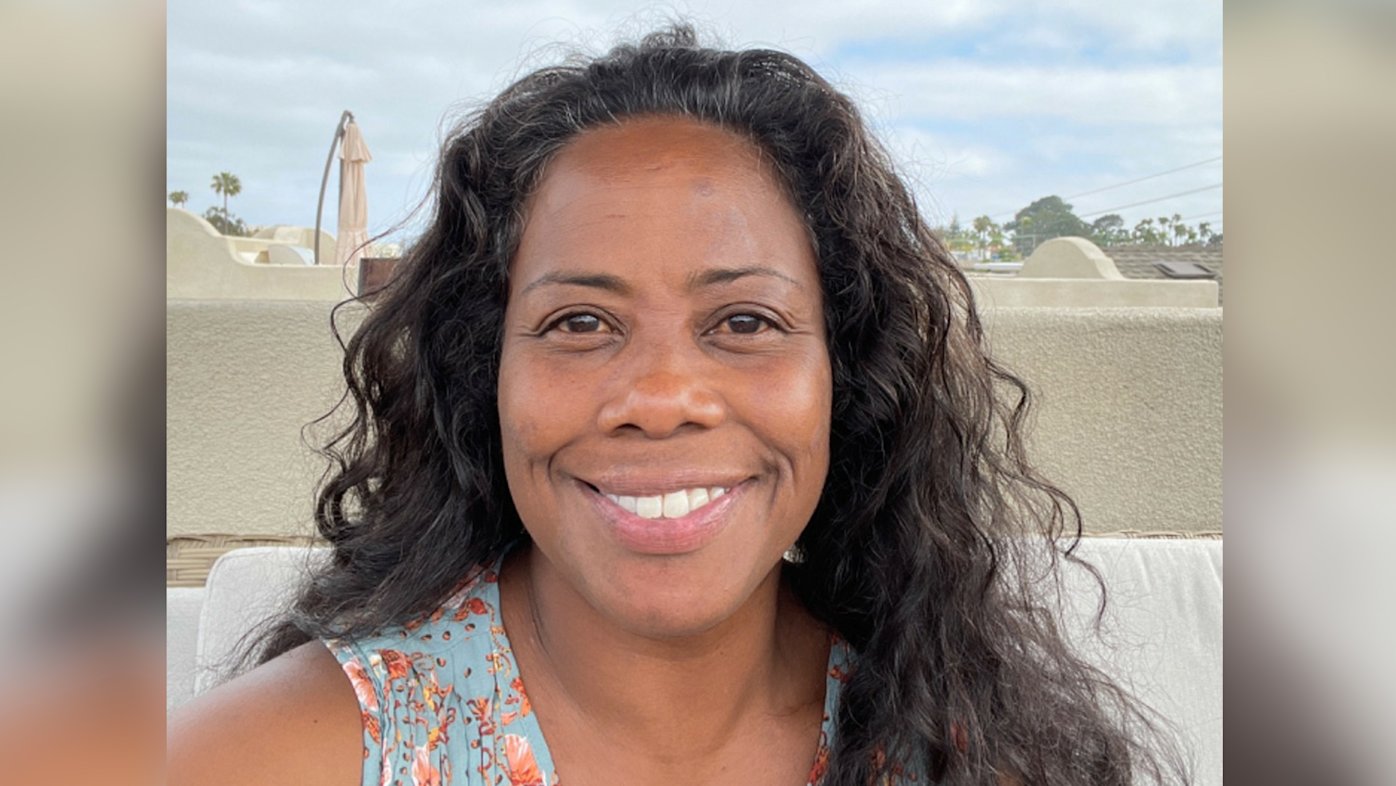
The Facebook post that saved a life
Teresita Brooke posted on Facebook about needing a kidney and received a life-changing response.
If you’ve been paying attention, you know that women’s soccer is quickly becoming one of the most popular sports in the world. You might also know that Sam Kerr, one of the sport’s best strikers, recently sustained an anterior cruciate ligament (ACL) tear.
The knee injury occurred when Kerr was turning and shooting the ball and without contact with another player. It will sideline her from playing with her Chelsea F.C. Women teammates for months and likely keep her from suiting up for the Olympics with the Australian Women’s National Team in the summer.
Kerr is joined by a long line of youth, high school, college and professional female soccer players who have experienced this injury to the ACL, which connects the femur (thighbone) to the tibia (shinbone). Located in the middle of the knee, the ACL ensures the shinbone won’t slide in front of the thighbone.
According to a 2021 report published in the Journal of Orthopedics and Orthopedic Surgery, 1 in 19 female soccer players rupture their ACL. And injuries of this type are 2 to 7 times more likely in female players than male players.
“ACL tears are common in patients that participate in sports that involve cutting and twisting, such as basketball, soccer, football and volleyball,” says Dr. Jonathan Halperin, a physiatrist — a doctor who specializes in physical medicine and rehabilitation — who works in the division of orthopedic medicine at Sharp Rees-Stealy Medical Group. “The patient usually describes a ‘pop’ or ‘snap’ after a sudden quick movement or after landing awkwardly after a jump.”
Athletes who have inadequate leg strength or coordination are at the highest risk of ACL tears, Dr. Halperin says. The same is true of athletes who participate in these sports without proper training.
“It is key to have appropriate lower limb strength, flexibility, coordination and agility to prevent these injuries,” he says. “A physical therapist or an athletic therapist can assist a patient in achieving these goals.”
After the ‘pop’ or ‘snap’
An ACL injury often occurs during practice or play but is not always due to contact with another player. While it can happen when the side of the knee sustains a hard hit, such as during a football or soccer tackle, ACL tears commonly take place when an athlete overextends their knee joint or quickly stops moving and changes direction while running, jumping or turning.
Along with the popping or snapping sounds, symptoms of an ACL injury include:
Swelling in the knee
Pain
Inability to return to play
Feeling of instability or of the knee “giving out”
After a potential ACL injury, it’s important that an athlete does not return to play until they talk with their doctor. Most patients do not need to be evaluated in the emergency room but will likely be referred by their doctor to a specialist with training and expertise in sports medicine.
“Orthopedic medicine specialists are very competent in assessing these patients and developing a comprehensive treatment plan,” Dr. Halperin says. “This includes a referral to physical therapy and ordering appropriate imaging. Additionally, identifying associated injuries, such as a meniscal tear, is key to organizing a treatment plan.”
Immediate treatment after an ACL injury, Dr. Halperin says, should be relative rest, which is rest that allows for healing while staying as active as you can without experiencing pain or aggravating the injury.
The National Institutes of Health (NIH) also recommends:
Raising the leg above heart level
Icing the knee
Using nonsteroidal anti-inflammatory drugs, such as ibuprofen, which is in Advil, or naproxen, found in Aleve.
Is surgery essential?
While surgery has become the standard treatment protocol for ACL tears, a recent study found that nonsurgical treatment could be equally effective and even reduce recovery time. In fact, 90% of study participants’ ACL tears showed signs of healing after the patient wore a brace that kept the injured knee at a 90-degree angle for a month and then participated in physical therapy for three months as the brace was adjusted.
“Unless a patient is interested in participating in activities that involve cutting, twisting and jumping, they may not need their ACL surgically repaired,” Dr. Halperin says. “Most patients who participate in a comprehensive rehabilitation program can return to activities, such as walking, running, swimming and gym-based fitness.”
According to Dr. Halperin, though common, ligament reconstruction surgery is a big decision. It may take up to a year after surgery to fully recover and return to normal activity. “The pathway for return to low impact sport for the patient who does not undergo surgical reconstruction is much quicker,” he says.
For athletes who have had an ACL tear and want to return to a high level of play, careful consideration of whether surgery would be the best course of action is required.
“It may take up to one year to return to high level sports after surgical reconstruction,” Dr. Halperin says. “This decision needs to be made with the thoughtful input and advice from an orthopedic or sports medicine provider.”
Learn more about orthopedic care at Sharp; get the latest health and wellness news, trends and patient stories from Sharp Health News; and subscribe to our weekly newsletter by clicking the "Sign up" link below.
Our weekly email brings you the latest health tips, recipes and stories.